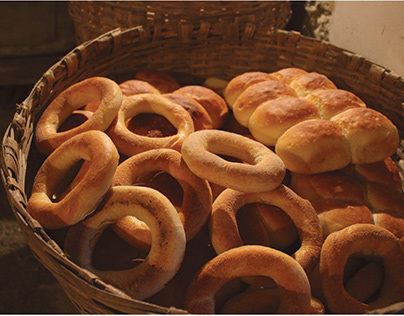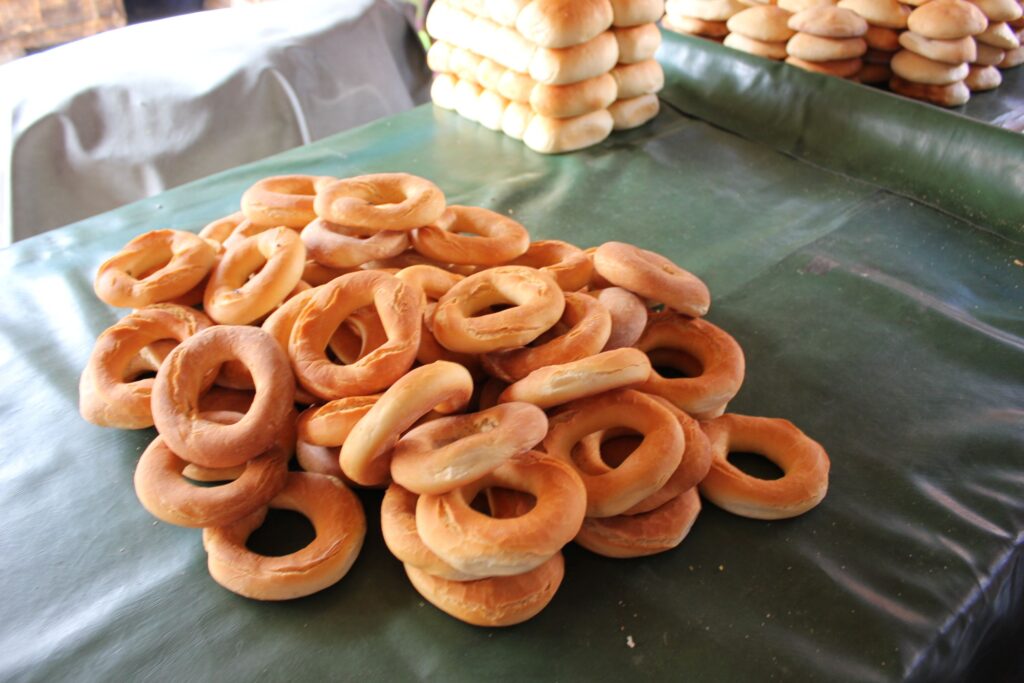Kankon, a traditional Goan snack, is a crispy, bangle-shaped bread that is popular for its light, crunchy texture and savory flavor. Often enjoyed during festivals, special occasions, and as a street food delicacy, Kankon holds a significant place in Goan culinary traditions. Its unique shape and crispy bite make it a favorite for many, and its preparation involves a fascinating blend of Goan spices and ingredients.
Origins and Significance of Kankon
The roots of Kankon can be traced back to Goa’s rich history of Portuguese influence mixed with indigenous flavors. The Portuguese introduced baking techniques and an array of baked goods to Goa, and Kankon likely emerged as a creative variation of these influences, eventually becoming deeply embedded in Goan cuisine. Over time, this snack became an integral part of Goan culture and culinary heritage.
The word Kankon refers to its bangle-like shape. Traditionally, the bread is shaped into rings, representing both a visual and symbolic connection to local traditions. The crunchy texture of the bread makes it an ideal snack, and it pairs well with tea, coffee, or even with chutneys and curries. It is particularly famous in rural areas, where it is prepared and enjoyed by families during celebrations and social gatherings.
The Cultural Role of Kankon in Goa
Kankon is not just a snack; it represents the Goan way of life. During festive times, especially at Christmas, families gather to celebrate and make it in many Goan households. Hosts often serve the snack to guests during traditional meals, and its crispy texture perfectly complements other Goan dishes.
In addition, Kankon’s popularity during social occasions highlights its role as a communal food. It is not uncommon for families to make large batches and share them with neighbors and friends. The making of Kankon is often a shared family activity, with each member helping to roll, fry, and enjoy the snack together.
Modern Variations of Kankon
While the traditional Kankon recipe remains largely unchanged, modern variations have emerged. Some bakers now infuse different flavors into the dough, such as adding turmeric for a golden hue or experimenting with different spices like fennel or chili flakes for a spicy kick.
Additionally, some people have begun to bake the Kankon instead of frying it. Thus, creating a lighter version that still maintains its crispy texture. These variations allow the bangle bread to appeal to contemporary tastes while still preserving the essence of its traditional roots.
Conclusion
Kankon, with its bangle-shaped, crispy texture, is a wonderful example of Goa’s rich culinary history. Its simplicity, coupled with the earthy flavors of cumin and sesame, makes it a beloved Goan snack. Whether made for a festival or enjoyed as an everyday treat. This bread brings people together through its delicious taste and cultural significance. Try making this dish at home to experience a piece of Goa’s culinary heritage and enjoy the satisfying crunch of this traditional delight.



